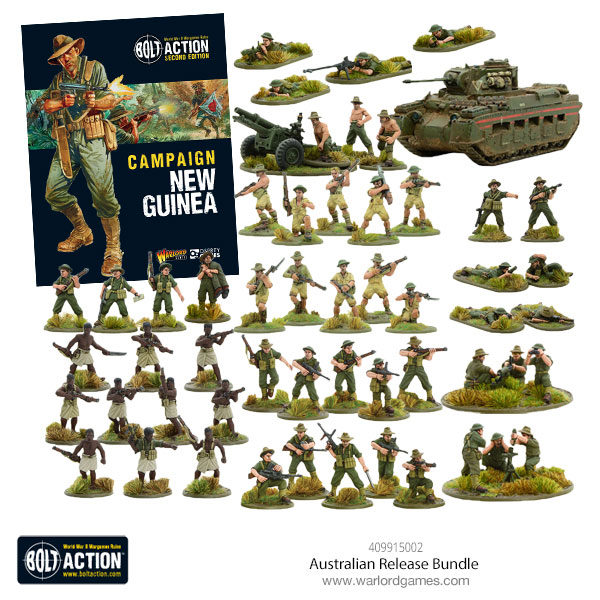Mark Barber, the author of Bolt Actions’ latest campaign book New Guinea, reveals his thoughts and processes.
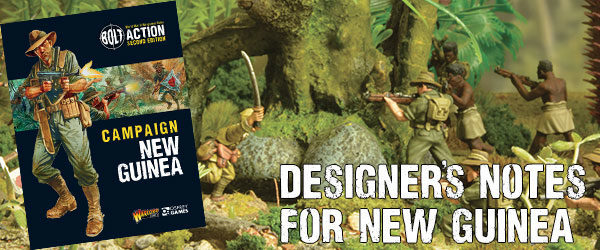
Whilst there is historical detail within the narrative, this volume is not a history book – it is first and foremost a wargaming supplement.
The team who put this book together took feedback from reviews of previous supplements and opinions from the Bolt Action community via the Warlord forums.
With the information to hand, the intention was to provide a good mixture of scenarios, new units and new rules whilst still giving some historical background for context.
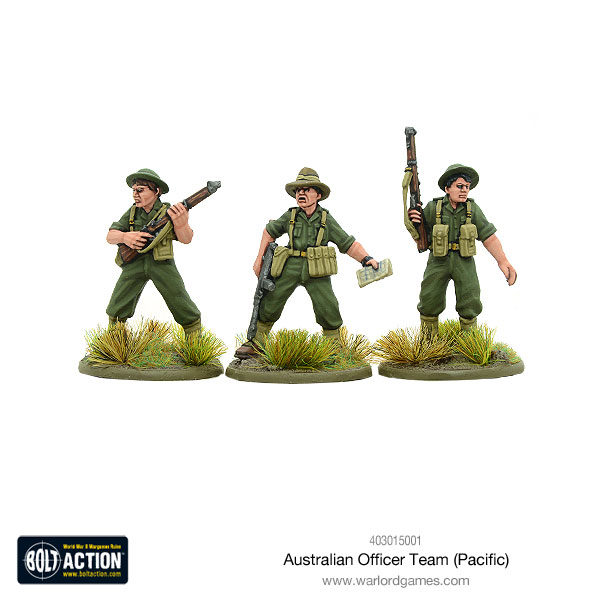
Some previously published rules and units have also been reprinted – this is to save players the expense of buying additional books for content which is vital to this volume, but might form only a small part of other books.
The New Guinea campaign spanned several years and thousands of miles; to even attempt to summarise such a huge campaign into a book of this size is to accept this it cannot do justice to those who fought in it.
Many critical battles have not been presented as scenarios in this book, merely due to the constraints of the book size and the author’s wish to present a variety of very different scenarios for players.
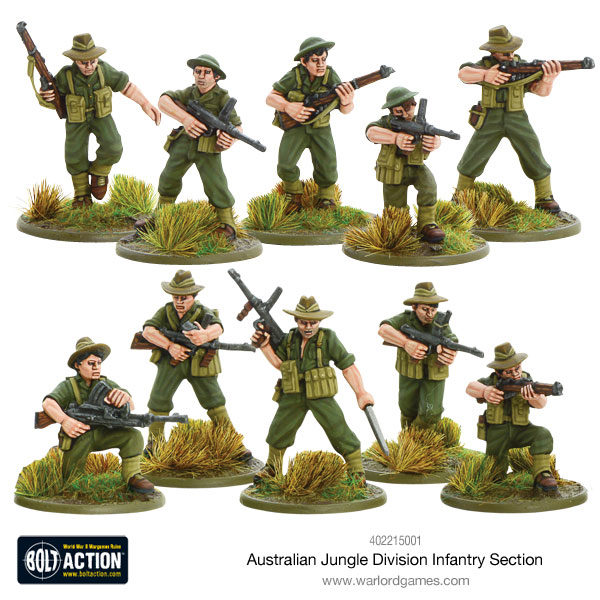
This book is the product of a collaborative effort between the author and many members of the Bolt Action player community.
The author wishes to thank Bryan Cook and Patch Adams, for their ‘Australians in the Pacific 1942-45’ article, which forms the core of the Australian force list in this book.
Mark: The most interesting scenario to me was scenario 2 – the Salamaua Raid. Whilst the historical facts and details behind any real-life engagement will always be tragic due to the loss of life, the Salamaua Raid is a great story of heroism with a small, elite team sneaking through some of the most inhospitable terrain in the world to hit their enemy when and where it was least expected.
The scale of Bolt Action means that more detailed engagements at squad level can often be more exciting than representing a small part of something much bigger, so a raid like this was a lot of fun to try to represent. Also, the new Raid rules add the dynamic of sneaking around, trying to silently eliminate sentries before the alarm is raised which the play testing teams said was a really welcome addition. Hopefully, these Raid rules will be used for more scenarios in other theatres in the future.
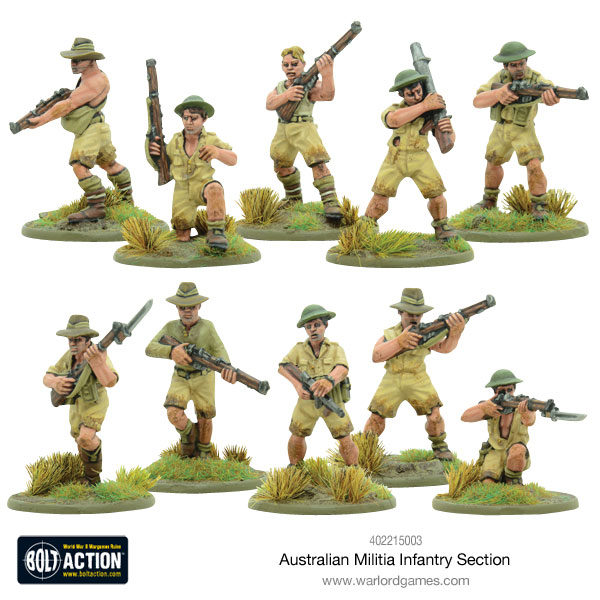
On the initial read through all the source material, even before commencing writing the first draft, Sergeant Major Katue leapt off the pages as the most obvious choice to write up as a new character in this supplement.
However, Katue was very much in the thick of it and so instead of creating some rules which gave a ‘flavour’ to the historical character, we went for something which was a more literal representation of the real-life individual.
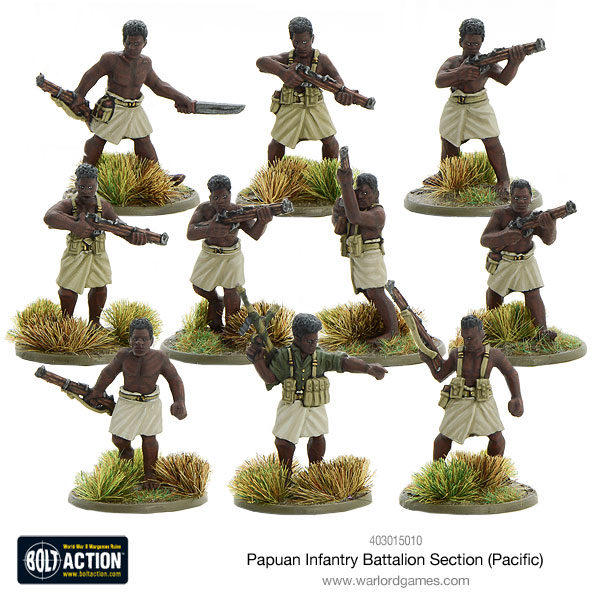
Stories of his shooting prowess were legendary, and so basing him around a sniper was the start. As a scout who spent days behind enemy lines, spying on the Japanese, ‘Behind Enemy Lines’ and ‘Intelligence Gathering’ was introduced to cover this aspect of this amazing individual.
However, many of Katue’s victims were dispatched in close combat and so tough fighters was another, relatively cheap addition.
However, the big draw is the assassination – Katue often targeted enemy officers, but this could be a game breaker if one side loses a 200 point veteran Major before the game is even set up and so we elected to limit it to NCOs for balance.
Still, Katue has a good chance of taking out a single NCO before the game begins – something he often did in real life before then taking his victim’s rank badges as trophies, which he sewed onto his own uniform!
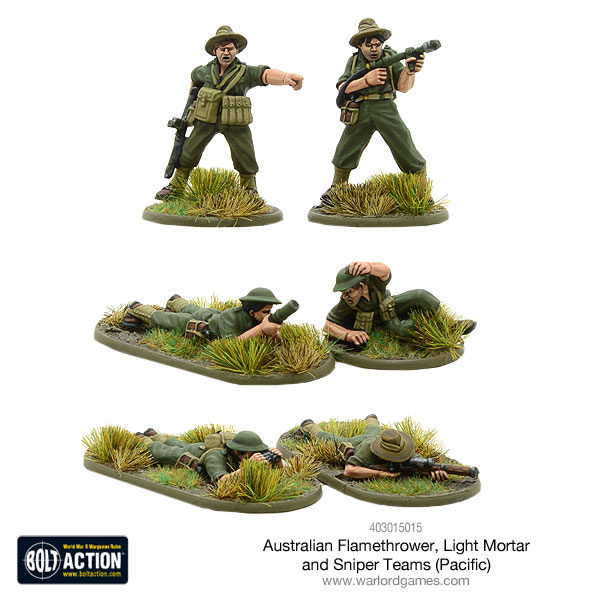
We could have very easily written up more scenarios, but I think we would have struggled to add more new units and theatre selectors. New Guinea spans nearly four years of fighting over the second largest island on the planet, and so we were never in a million years going to cover even half of it in a standard-length Bolt Action campaign book.
Narrowing the scope down to 12 scenarios was a real challenge, but ultimately there was a very tragic and repetitive theme to the campaign – one side of starved, disease ridden and exhausted riflemen would attempt to assault a defensive position occupied by the other side of starved, disease ridden and exhausted riflemen, with huge loss of life on both sides.
There are some fairly epic confrontations which we did not include, but if we did they would have been very similar to some scenarios which are included and we really wanted to aim for variety.
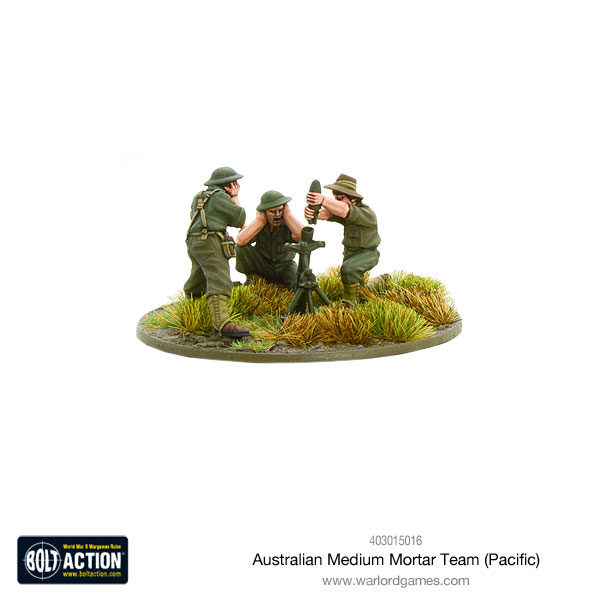
As for new units and theatre selectors, that would have been trickier. From the feedback I’ve received, most players buy campaign books because they want new units and theatre selectors, not scenarios.
From my point of view, scenarios are infinitely more difficult to produce than new units, so it’s a shame that the majority of the work is often ignored! However, there were some suggestions of ‘why don’t you include this unit or that unit?’ and many of the suggestions involved elite forces or experimental vehicles.
Including these would not have been a fair or accurate representation of the New Guinea campaign. We’ve got a good number of new units but any more would have been adding ill-thought out content just for the sake of new stuff, and we’re aware that nobody wants that.
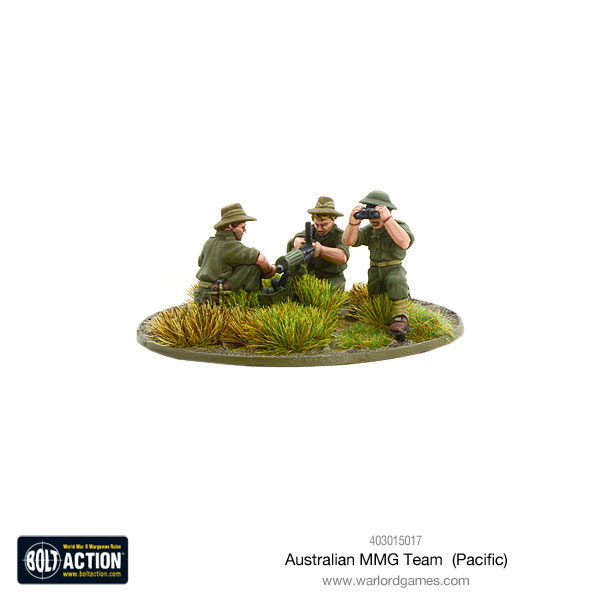
For example, there are no new US Army units because everything the US Army used in the New Guinea scenarios we included is already in Armies of the United States so there was no need to make up anything new.
American players do get new theatre selectors, however. There are a few new Japanese units but for a book which includes the Japanese in every scenario, we wanted to give Japanese players something else which is why the ‘General Influence’ option was included.
The Australian Army List was built up on Bryan Cook and Patch Adam’s excellent supplement which was released shortly after the New Guinea book was commissioned, and those fellows did such a fantastic job that it was simply a case of adding a couple of new units to cover off the scenarios which they were not aware I would write up when they went to work.
So, overall, we could and may still add more scenarios for New Guinea, but it would be unfair to both the players and to history if we added new units which just weren’t there!
Grab the book!
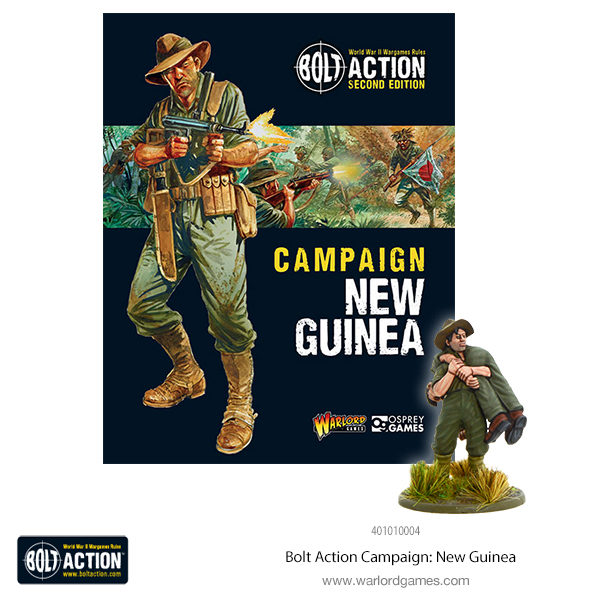
Grab an army!
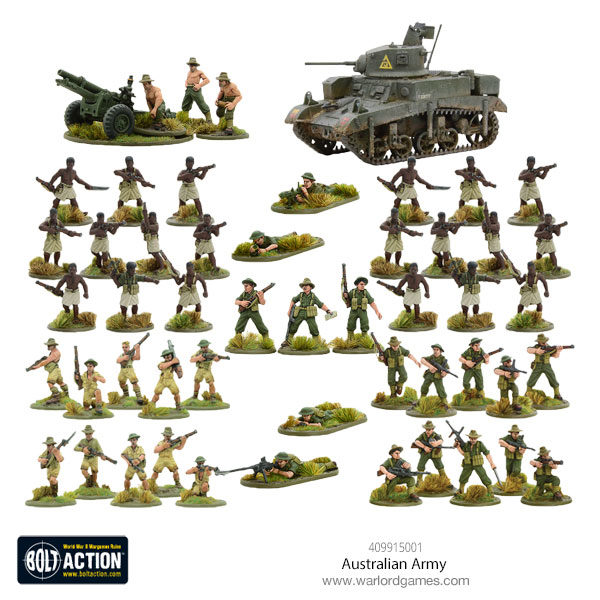
Grab the book and an army!
